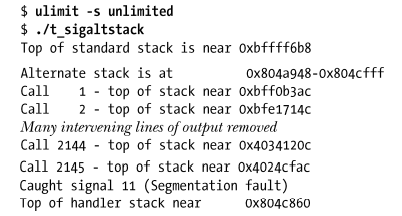opencv最邻近插值图像缩放
1,最近邻插值算法的思想:
设原始图像src的高为h,宽为w,图像上像素值为(x,y)。
设目标图像dst的高H,宽为W,图像上的像素值为(X,Y)。
那么根据比例缩放的思想有x/X=w/W
同理,纵向上的像素对应比值为y/Y=h/H
那么在考虑目标图像dst上面的像素点(X,Y)对应到原始图像src上面像素点的位置为
(x,y)=(w/W*X,h/H*Y)
这里要对w/W*X与h/H*Y两个数值进行取整,在OpenCV源码当中,是用cvFloor函数取整,即舍去小数部分。
2,代码实现:
import cv2import numpy as npimg = cv2.imread('image0.jpg',1)imgInfo = img.shapeheight = imgInfo[0]width = imgInfo[1]dstHeight = int(height/2)dstWidth = int(width/2)dstImage = np.zeros((dstHeight,dstWidth,3),np.uint8)#0-255for i in range(0,dstHeight):#行for j in range(0,dstWidth):#列iNew = int(i*(height*1.0/dstHeight))jNew = int(j*(width*1.0/dstWidth))dstImage[i,j] = img[iNew,jNew]cv2.imshow('dst',dstImage)cv2.waitKey(0)
3,图片缩放的另一种具体实现:
#[[A1 A2 B1],[A3 A4 B2]]# [[A1 A2],[A3 A4]] [[B1],[B2]]# newX = A1*x + A2*y+B1# newY = A3*x +A4*y+B2# x->x*0.5 y->y*0.5# newX = 0.5*ximport cv2import numpy as npimg = cv2.imread('image0.jpg',1)cv2.imshow('src',img)imgInfo = img.shapeheight = imgInfo[0]width = imgInfo[1]#A = [0.5,0;0,0.0.5]; b = [0;0]matScale = np.float32([[0.5,0,0],[0,0.5,0]])dst = cv2.warpAffine(img,matScale,(int(width/2),int(height/2)))cv2.imshow('dst',dst)cv2.waitKey(0)



































还没有评论,来说两句吧...